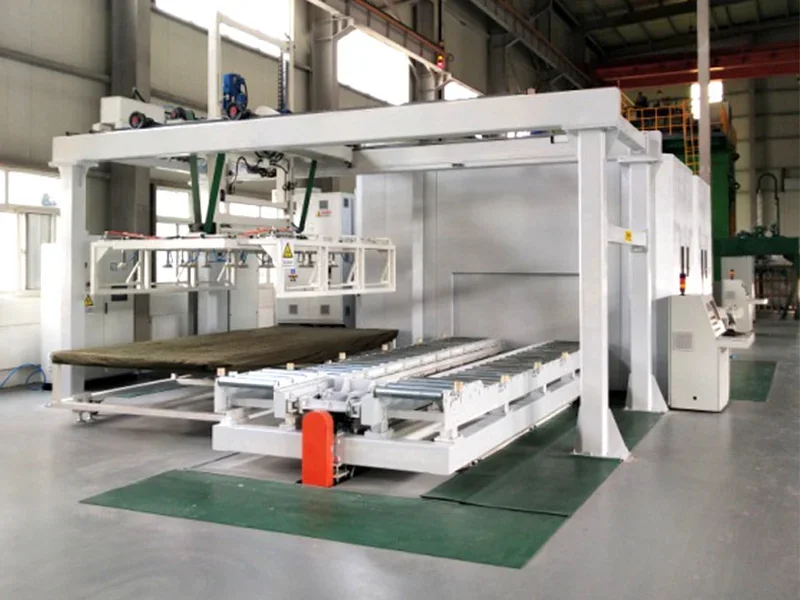The aerospace industry is constantly evolving, with new technologies and materials being developed to enhance the performance and safety of aircraft. One such material that has gained significant attention in recent years is aramid fiber honeycomb fibreboard. This article aims to explore the applications of this innovative material in the aerospace industry, highlighting its benefits.
Understanding Aramid Fiber Honeycomb Fibreboard
What is Aramid Fiber Honeycomb Fibreboard?
Aramid fiber honeycomb fibreboard is a lightweight composite material composed of aramid fibers and a honeycomb structure. Aramid fibers, such as Kevlar, are known for their exceptional strength-to-weight ratio, making them ideal for applications where weight reduction is crucial. The honeycomb structure provides additional strength and rigidity to the material.
Manufacturing Process:
The manufacturing process of aramid fiber honeycomb fibreboard involves several steps. First, aramid fibers are impregnated with a resin matrix, which is then cured to form a solid composite panel. The panel is then cut into desired shapes and sizes, and a honeycomb structure is inserted between two panels. The entire assembly is then pressed under high temperature and pressure to create a strong and lightweight composite material.

Applications in the Aerospace Industry
Structural Components:
One of the primary applications of aramid fiber honeycomb fibreboard in the aerospace industry is in the manufacturing of structural components. The material's high strength-to-weight ratio makes it ideal for constructing lightweight yet robust parts, such as fuselage panels, wings, and tail sections. These components contribute to overall weight reduction, leading to improved fuel efficiency and increased payload capacity.
Interior Components:
In addition to structural components, aramid fiber honeycomb fibreboard finds applications in the interior of aircraft. It is commonly used for manufacturing cabin partitions, overhead storage bins, and lavatory walls. The material's excellent fire resistance properties make it a preferred choice for ensuring passenger safety in case of fire incidents.
Thermal and Acoustic Insulation:
Aramid fiber honeycomb fibreboard also serves as an effective thermal and acoustic insulator in aerospace applications. It helps in maintaining a comfortable cabin temperature by reducing heat transfer between the interior and exterior of the aircraft. Additionally, it minimizes noise transmission, enhancing the overall passenger experience.

Benefits of Aramid Fiber Honeycomb Fibreboard
Lightweight:
One of the significant advantages of aramid fiber honeycomb fibreboard is its lightweight nature. Compared to traditional materials, such as aluminum, it offers substantial weight savings without compromising structural integrity. This weight reduction translates into improved fuel efficiency and increased range for aircraft.
High Strength:
Despite its lightweight properties, aramid fiber honeycomb fibreboard exhibits exceptional strength. Its ability to withstand high loads and impacts makes it an ideal choice for aerospace applications, where structural integrity is of utmost importance. This material ensures the safety and durability of aircraft components.
Fire Resistance:
Aramid fiber honeycomb fibreboard possesses excellent fire resistance properties. It does not easily ignite or propagate flames, making it a valuable material for enhancing the fire safety of aircraft. In the event of a fire, it helps to contain the spread and provides additional time for evacuation.
Environmental Sustainability:
Another advantage of aramid fiber honeycomb fibreboard is its environmental sustainability. The material is recyclable, reducing the environmental impact associated with traditional materials. Additionally, its lightweight nature contributes to reduced fuel consumption, resulting in lower greenhouse gas emissions.
Conclusion
Aramid fiber honeycomb fibreboard holds immense potential in the aerospace industry due to its lightweight, high strength, fire resistance, and environmental sustainability. Its applications range from structural components to interior elements, contributing to improved aircraft performance, passenger safety, and comfort. With further advancements and cost-effective manufacturing processes, this innovative material is poised to revolutionize the aerospace industry in the coming years.


